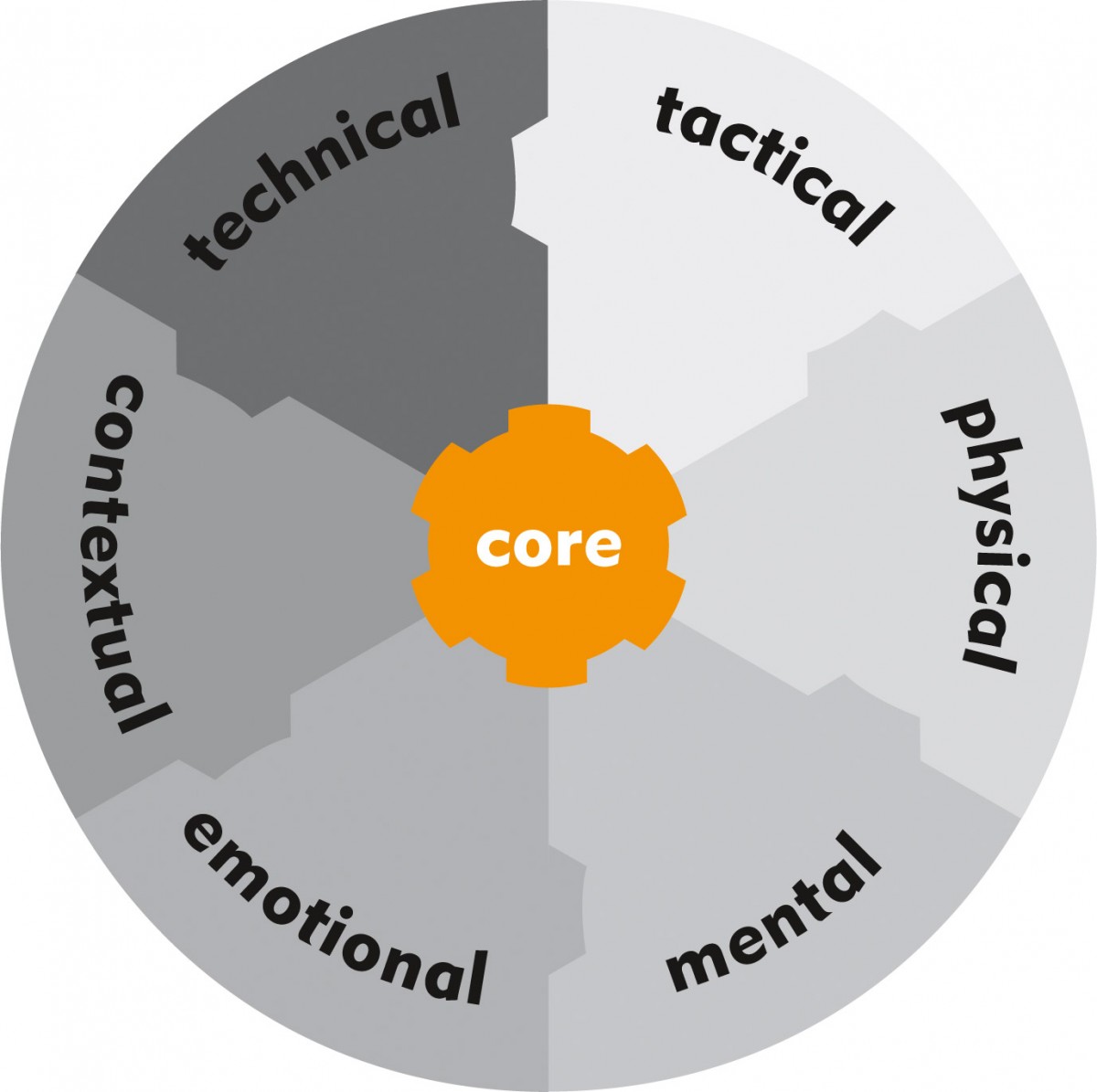Be ready now!

Being and feeling ready to perform is the key to good performance and delivering the results you want. Readiness is not always about having loads of time to prepare – although that helps.
It’s much more about how well set up you are to use your performance resource to deliver the performance you need.
This tool helps you be as ready as you can be to perform.
What will it do?
This tool helps you be as ready as you can be to perform. It’ll guide you through 3 simple steps so that you’re all set to maximise your potential and deliver your best.
Use this tool every time you want to be ready to perform, and definitely when you’ve got something that’s super important to perform well on. It will take you 15 minutes if you do it thoroughly.
Three steps to take
Get focused on the things that will make the most impact for you
Before you get going, choose what it is you’re getting ready for. It could be a day at work, an important presentation or conversation, or at the start of a busy quarter:
Performance target:
With whatever you chose, before you use this tool, you want to be really clear on what you’re aiming for – your picture of success. You might find it helpful to use the What are you aiming for tool before you get going with this one.
1. Know what your pie needs to look like
What performance is required to deliver on your goals? What is needed technically, tactically, mentally, physically, emotionally and contextually to achieve these goals? This is an ‘ideal performance’ picture – think in terms of what it will take to perform superbly. Write this down in the middle column of the table below – there are a couple of examples to get you going here.
Once you’ve done this, in the third column, order each bit for importance. For example, you might think that technical knowledge is the most important bit, followed by mental strength, followed by physical energy and readiness. You’d rate those 1, 2 and 3 respectively, with the other areas 4, 5 and 6! This gives you a sense of what’s most important.
| Performance area | What’s required | Importance ranking |
| Technically | e.g. excellent knowledge of the market in the new product area | |
| Tactically | ||
| Mentally | e.g. resilience to recover quickly from set backs. Stay focused on task rather than get caught up with results | |
| Physically | ||
| Emotionally | ||
| Contextually |
2. How full is your pie right now?
Having thought about what’s needed, how does your pie match up? How much have you already got in place? What bits are you already strong in and where are you not so ready?
So, for example, you might feel that technically and tactically you’re really strong and have pretty much everything you need, but physically you know you’ll struggle to have the right level of energy for what’s ahead.
On the graphic below, give yourself a % rating on each area – up near 100% if you feel you’ve got absolutely everything that’s needed in that area so you feel really ready, and nearer 0% if you’ve got very little of what’s needed. It’s quite an easy scoring system.

3. Increasing your readiness
Having rated how ready you are, think about what you could to do to increase your readiness in each area and jot them down below.
When you do this, think about what areas are most important – that might affect what you do more of or first – so you’re doing stuff that will have the biggest impact on getting and feeling ready. You may also find it useful to think about how you can make the most of the things that you’re good at – the bits of pie that are your strengths.
There are a couple of examples to get you going here.
To increase my readiness I could:
- talk to Jim about the latest legal changes so I’m fully up to speed with that area
- make sure I am fully rested in the lead into the project delivery week. Be at home doing relaxing stuff the weekend before!
- review what I’ve learned through experience of having done this before and apply that insight so I’m focused and feeling confident about what’s coming and what to do
Your plan
Get a plan Stan. The basics you need to have in your plan are set out below.
Plan basics
- What are you going to do? This bit is easy – it’s the 3 steps listed above.
My actions:
- When are you going to start? You don’t have to be great to get going, but you better get going if you want to be great.
My start date:
- How often will you be doing it? You’ll probably be doing this as a one off, but it could be useful to do it more often.
Check-in frequency and dates:
Get serious
The difference between having a plan and making it work is about action. So get this in your diary now. Tell the people who need to know so that they can support you and won’t just think you’re being weird. Do it now.
Remember, it’s progress not perfection. You’re looking for gradual improvement, not for Rome to be built in a day.
